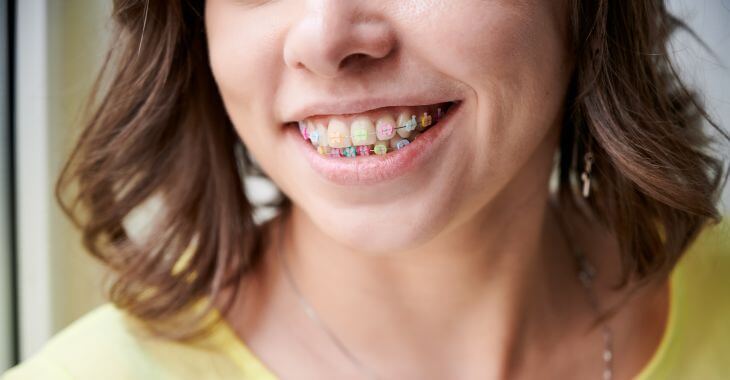Do you have a teeth gap? Many people have gaps in their teeth – Michael Strahan is famous for the gap between his front teeth. However, not everyone embraces gap teeth like Mr. Strahan. If you have spaces between your teeth, it can be a distraction and may impact your oral health. There are a…
Are you embarrassed by the way your teeth look when you smile? Imperfections such as chips, stains and misshapen teeth can negatively affect your personal and professional life. By improving your smile, you can boost your overall confidence. Cosmetic dentistry procedures in a smile makeover can correct a variety of imperfections to improve your appearance…
The last large molars to arrive are the wisdom teeth. Most people do not receive their last four back molars until after the age of 17 and once they arrive, they can cause problems. Some wisdom teeth are proactively removed, but many people still have their back molars. Due to the far back position, wisdom…
Many adolescents and teenagers are seen wearing braces or aligners. Orthodontic treatment is often recommended for teens and pre-teens to straighten the teeth and align bites. While it is common for teens to receive orthodontic treatment, not everyone knows why it is important for young people to undergo these procedures. Here is what you need…
Orthodontics can help you achieve a healthy and beautiful smile by aligning your bite and teeth. Braces and clear aligners are the most common orthodontic treatment to shift teeth into the right position, usually requiring wearing these devices for several months or more. After the orthodontic treatment, patients need to wear a retainer to maintain…












)